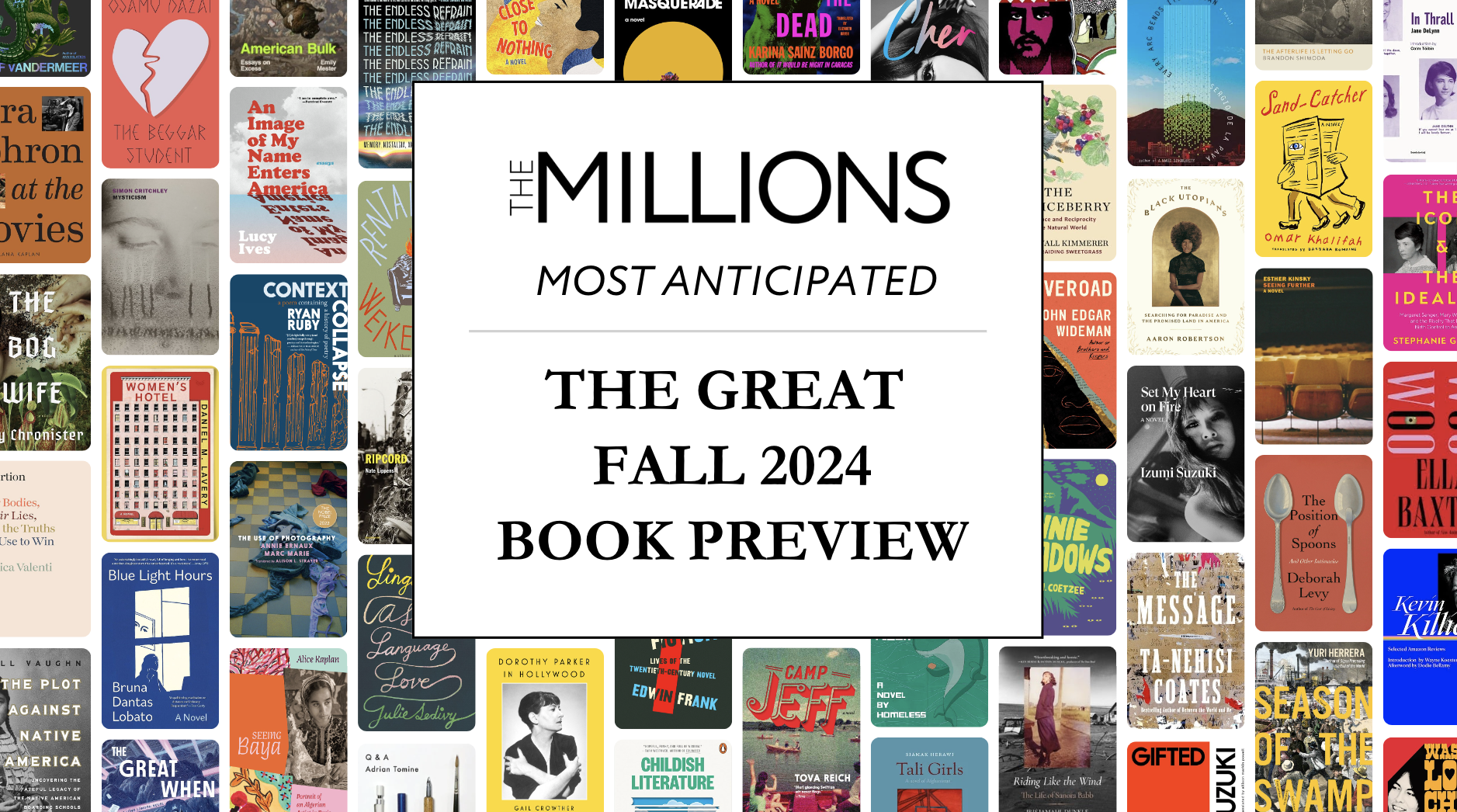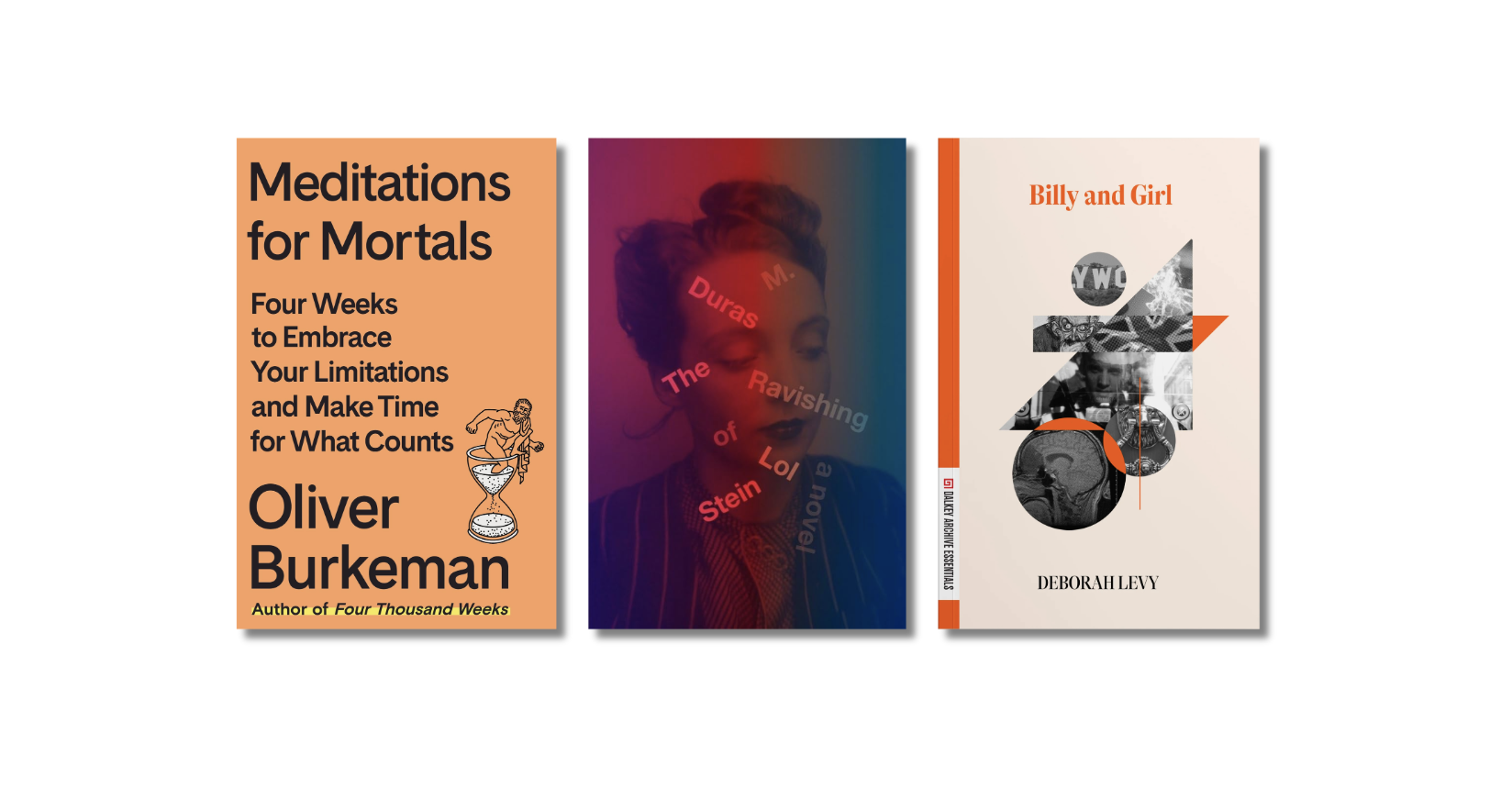Arts and Letters Daily recently linked an article from the National Journal that takes stock of an interesting development at the New York Times. In the wake of the Jayson Blair scandal and a good amount of internal and external strife about wavering journalistic standards, the Times has appointed an ombudsman, a position more commonly found at campus newspapers than at the world’s most important dailies. This ombudsman happens to be an author and journalist, Daniel Okrent, whom I admire for his baseball book Nine Innings and who was recently named a Pulitzer finalist for his book, Great Fortune: The Epic of Rockefeller Center. His columns bring an impressive amount of transparency to a very powerful newsroom, and I suggest everyone read them before Okrent’s fellow employees stage a coup and kick him out. The most recent column can be found here.









